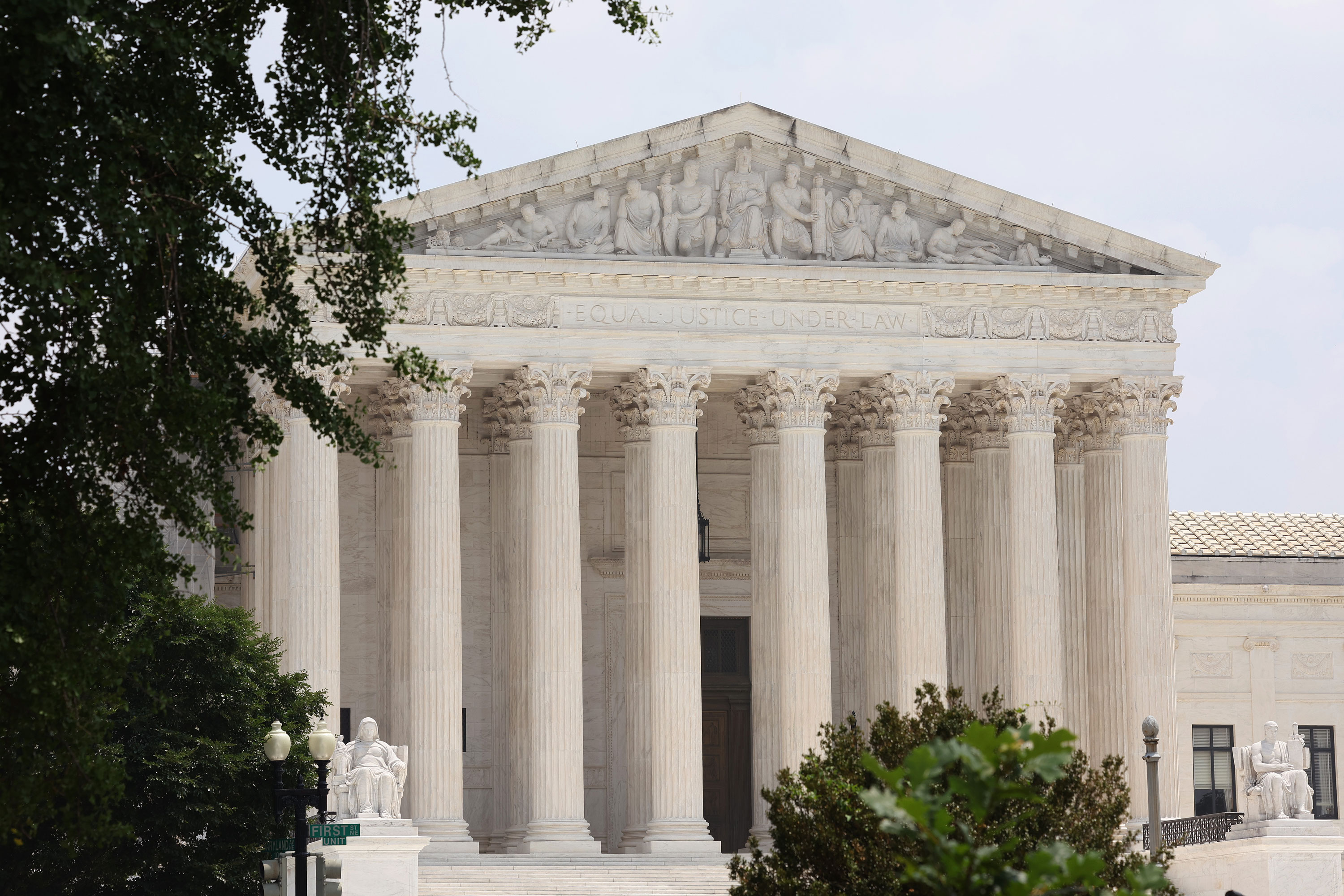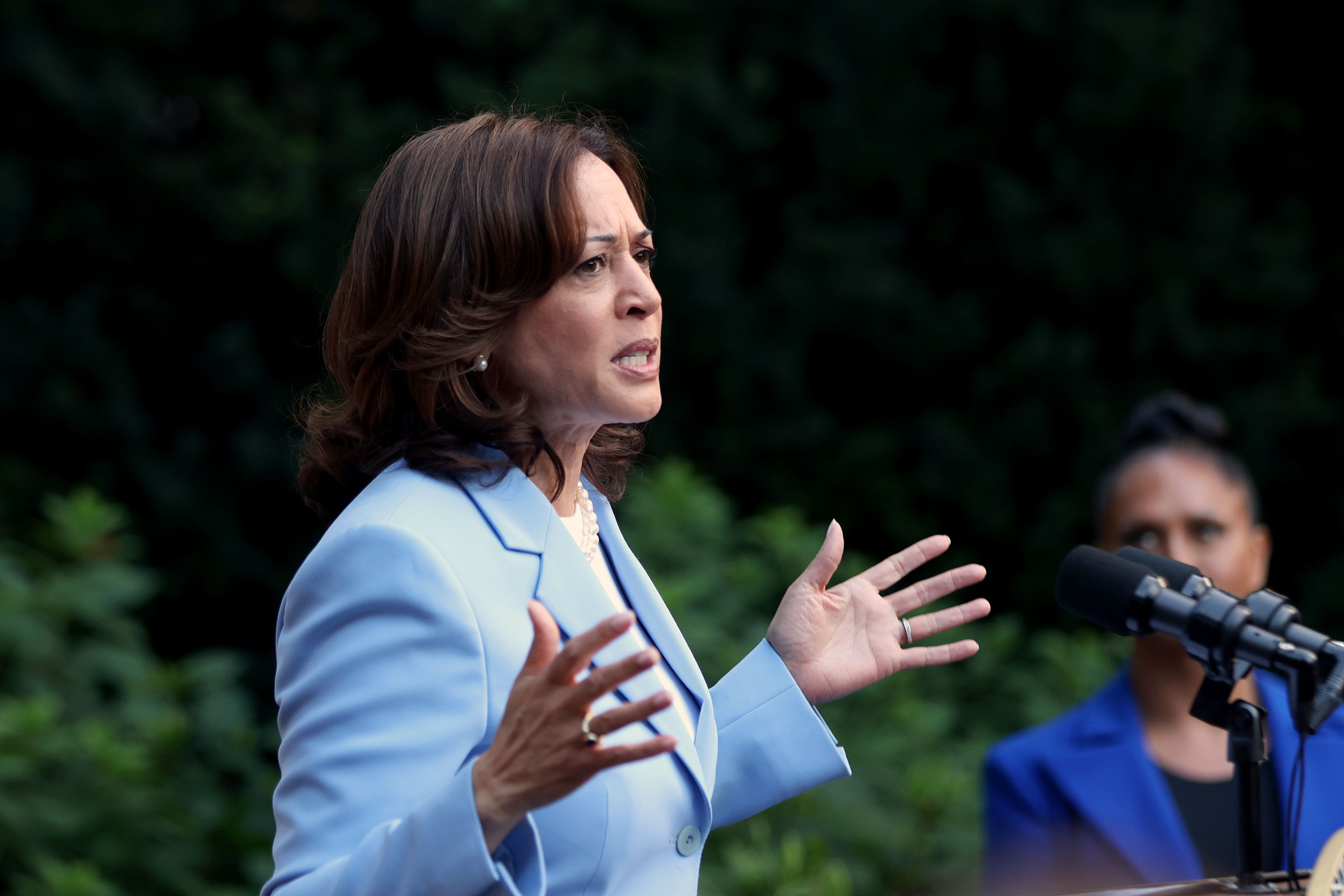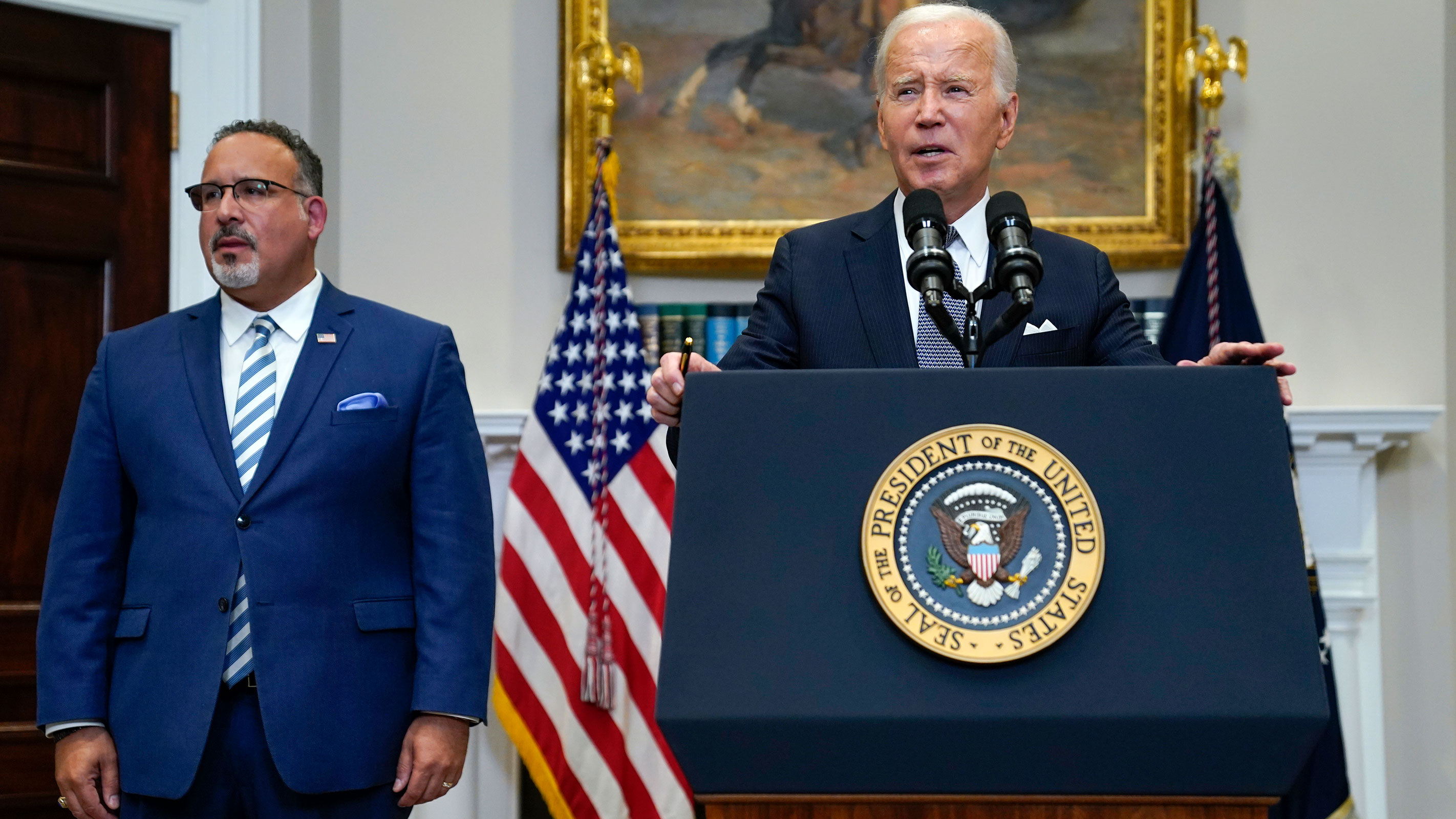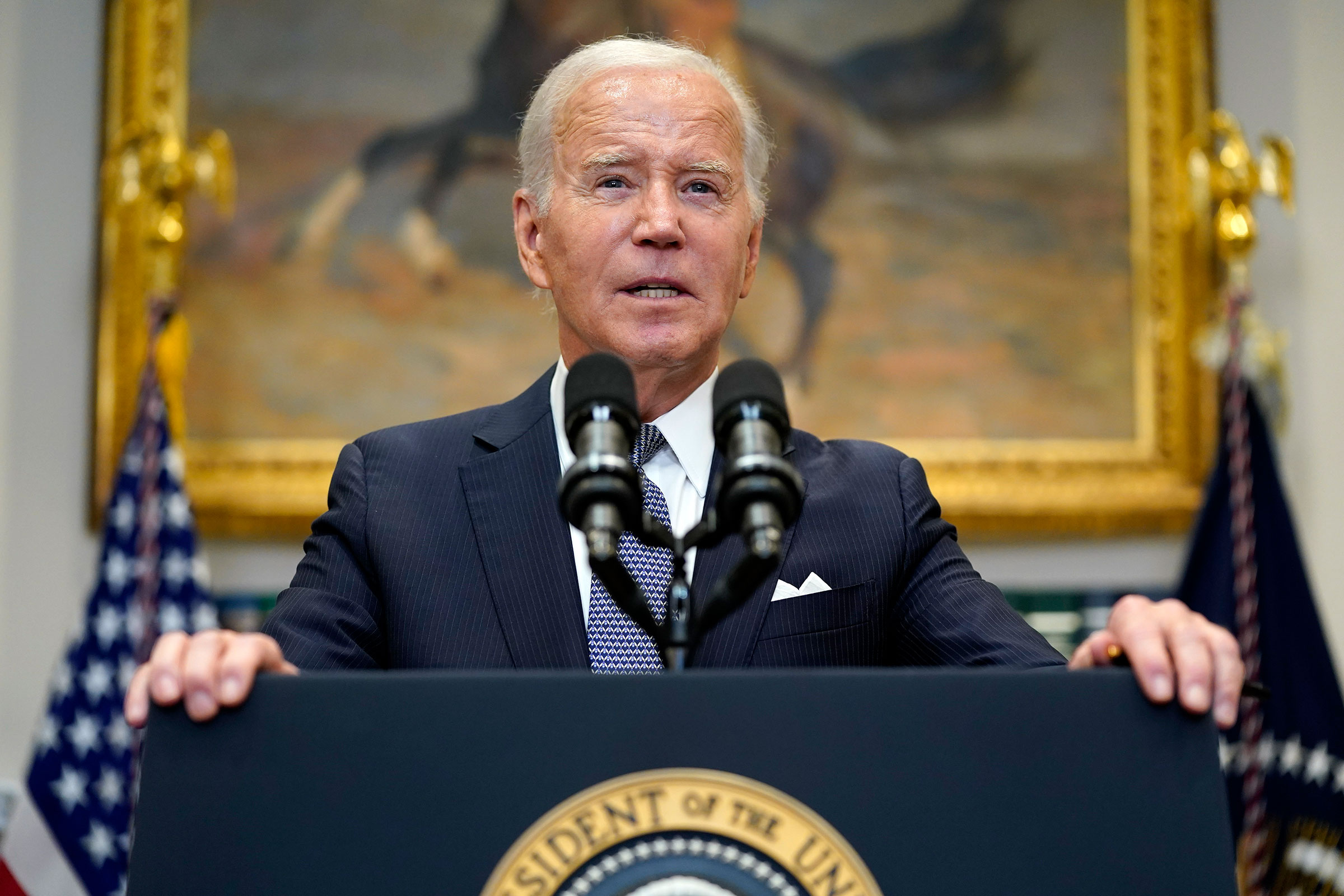
In a stinging defeat for President Joe Biden, the Supreme Court blocked the administration’s student loan forgiveness plan Friday, rejecting a program aimed at delivering up to $20,000 of relief to millions of borrowers struggling with outstanding debt.
The decision was 6-3 with Chief Justice John Roberts writing for the conservative supermajority.
Roberts said the government needed direct authorization from Congress. “The question here is not whether something should be done; it is who has the authority to do it.”
The liberal dissenters said the majority is basically making political decisions.
It will immediately become a potent issue in the 2024 presidential race, as Biden can try to galvanize liberals by claiming the conservative court prevented him from delivering debt relief to voters. Republicans, meanwhile, are celebrating the ruling as a defeat for a “bailout” plan.
Here's what you need to know:
New proposed plan: In response to the court's ruling, the president announced that his administration will pursue another pathway to providing some student debt relief, which is based on a different law than the one the now-defunct student loan forgiveness program was linked to. This new pathway requires the Department of Education to undertake a formal rule-making process, which typically takes months. Details were not released Friday on who might benefit if that process is successful. The president also announced that the administration will take steps to ease the transition period for borrowers when monthly student loan repayments resume in October.
Loan forgiveness: The administration has made it easier for many borrowers to seek federal student loan forgiveness from several existing debt cancellation programs. New rules set to take effect in July could broaden eligibility for the Public Service Loan Forgiveness program, which is aimed at helping government and nonprofit workers. And a new income-driven repayment plan proposal is meant to lower eligible borrowers’ monthly payments and reduce the amount they pay back over time.
Pause on payments to end: Most student loan borrowers have not been required to make payments on their federal student loans since March 2020, when Congress passed a sweeping aid program to help people struggling financially because of the Covid-19 pandemic. Since then, the pause has been extended eight times – under both the Trump and Biden administrations. A law passed in early June that addresses the debt ceiling prohibits another extension of the pause.
What borrowers should do: Student loan experts recommend that borrowers reach out to their student loan servicer with any questions about their loans as soon as possible. After such a long pause, many borrowers may be confused about how much they owe, when to pay and how. Millions of borrowers will have a different servicer handling their student loans since the last time they made a payment.
Read more here
CNN's Ariane de Vogue, Tierney Sneed and Katie Lobosco contributed to this report




